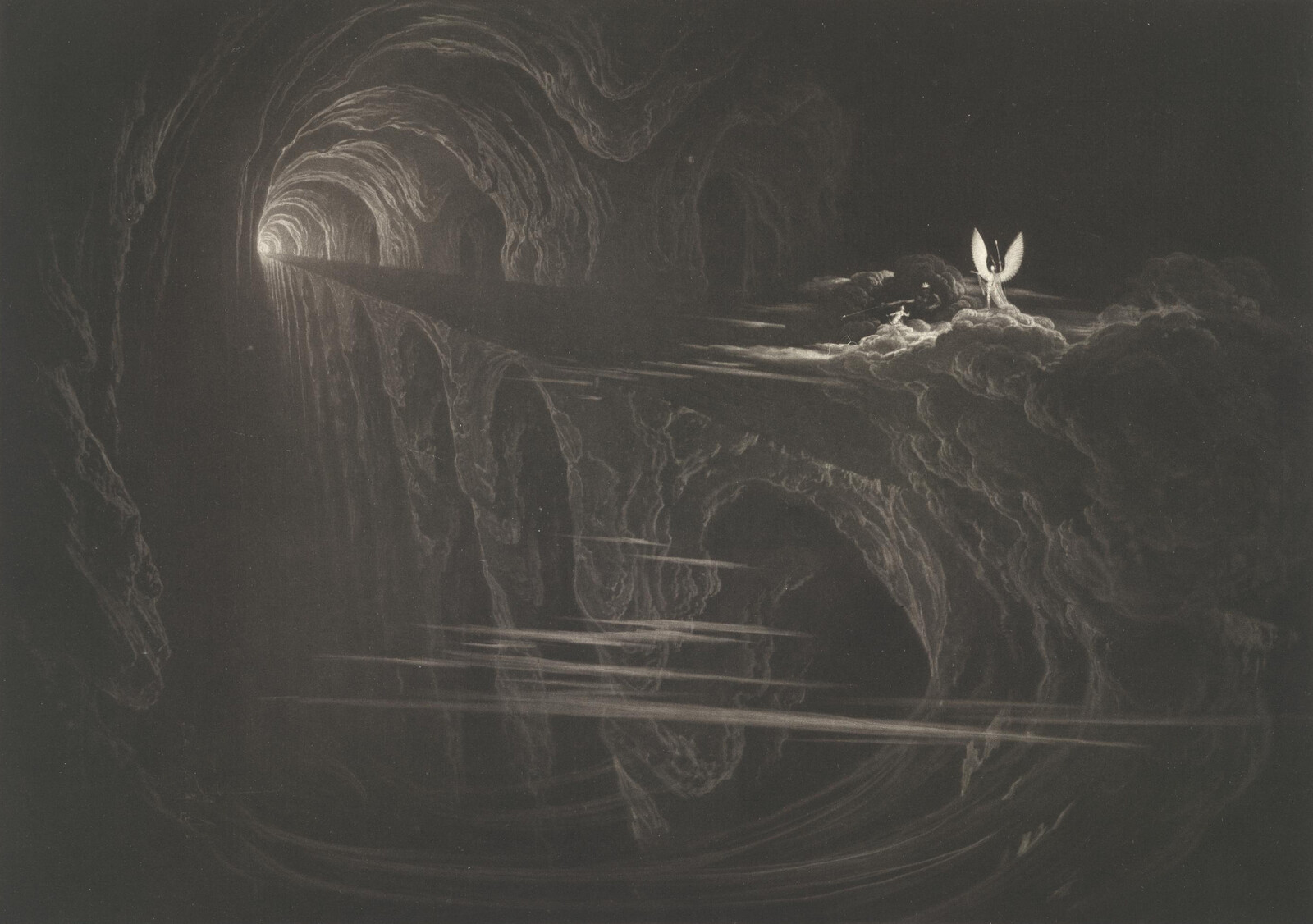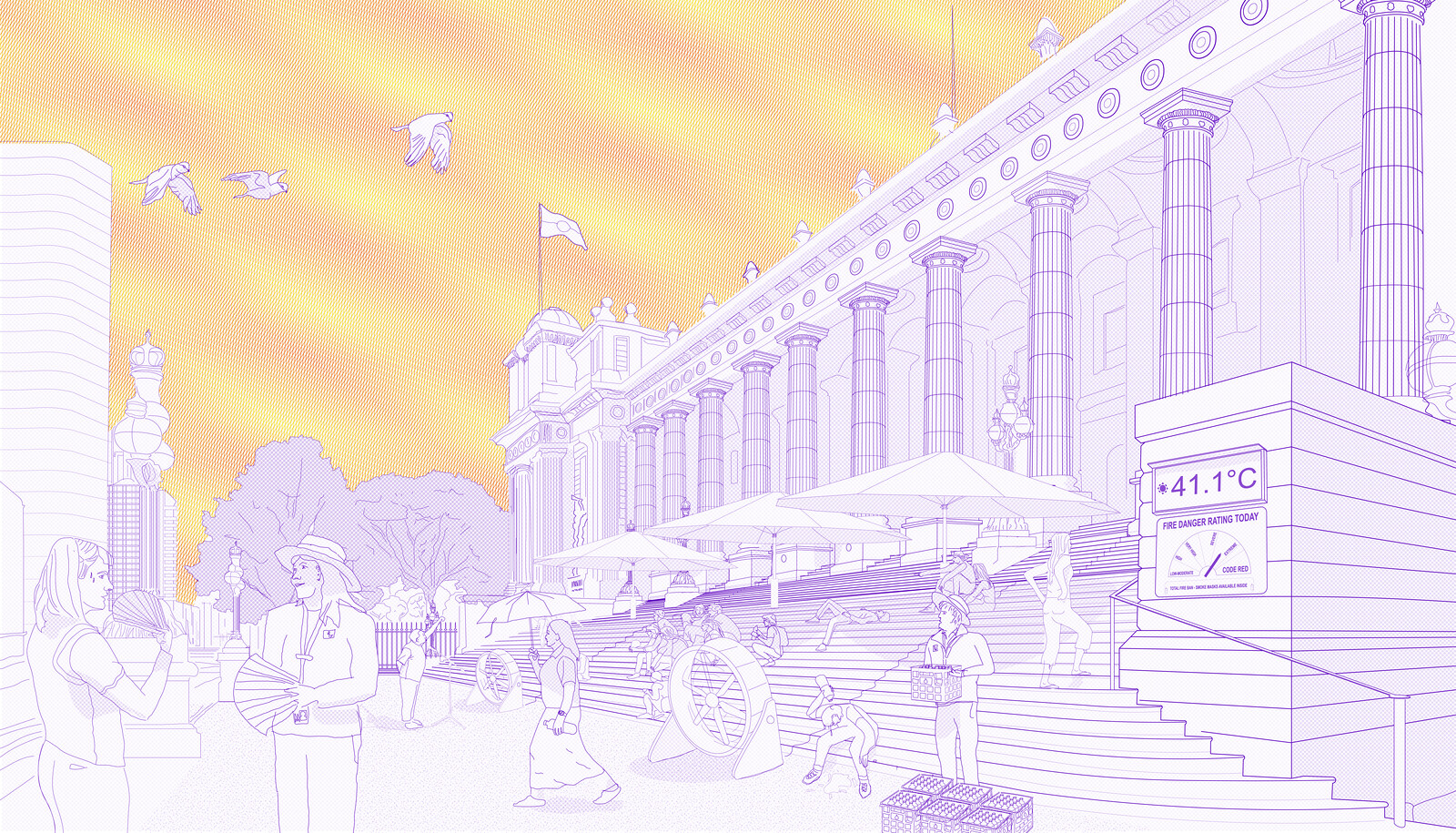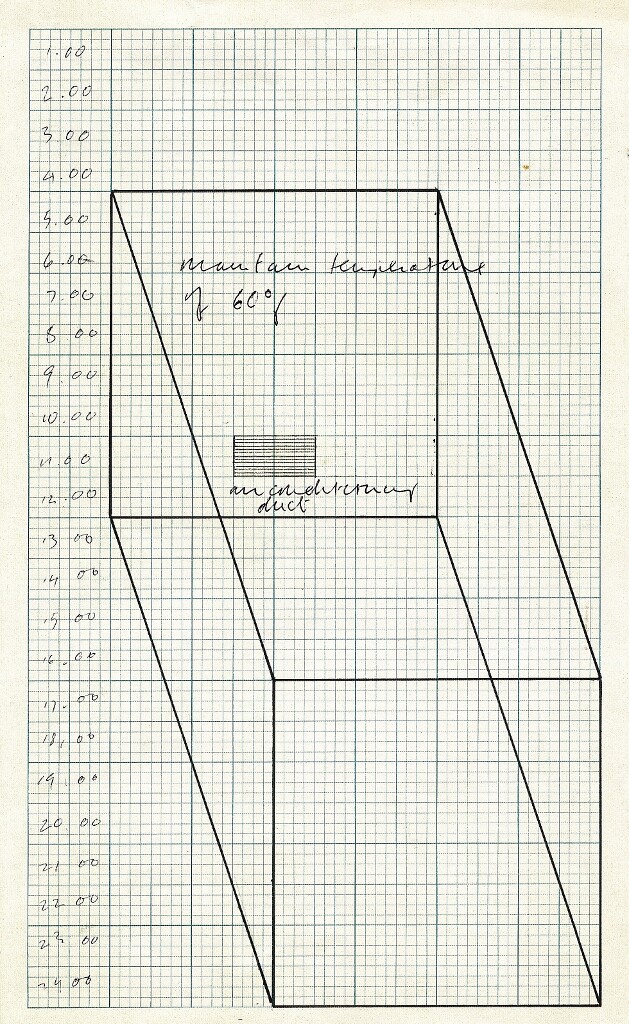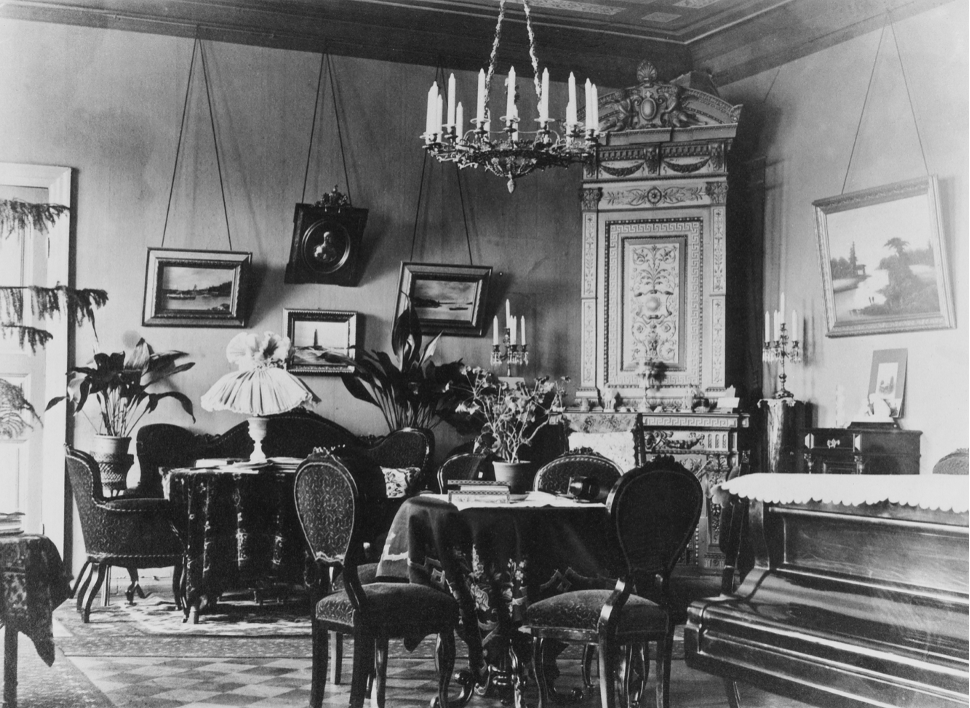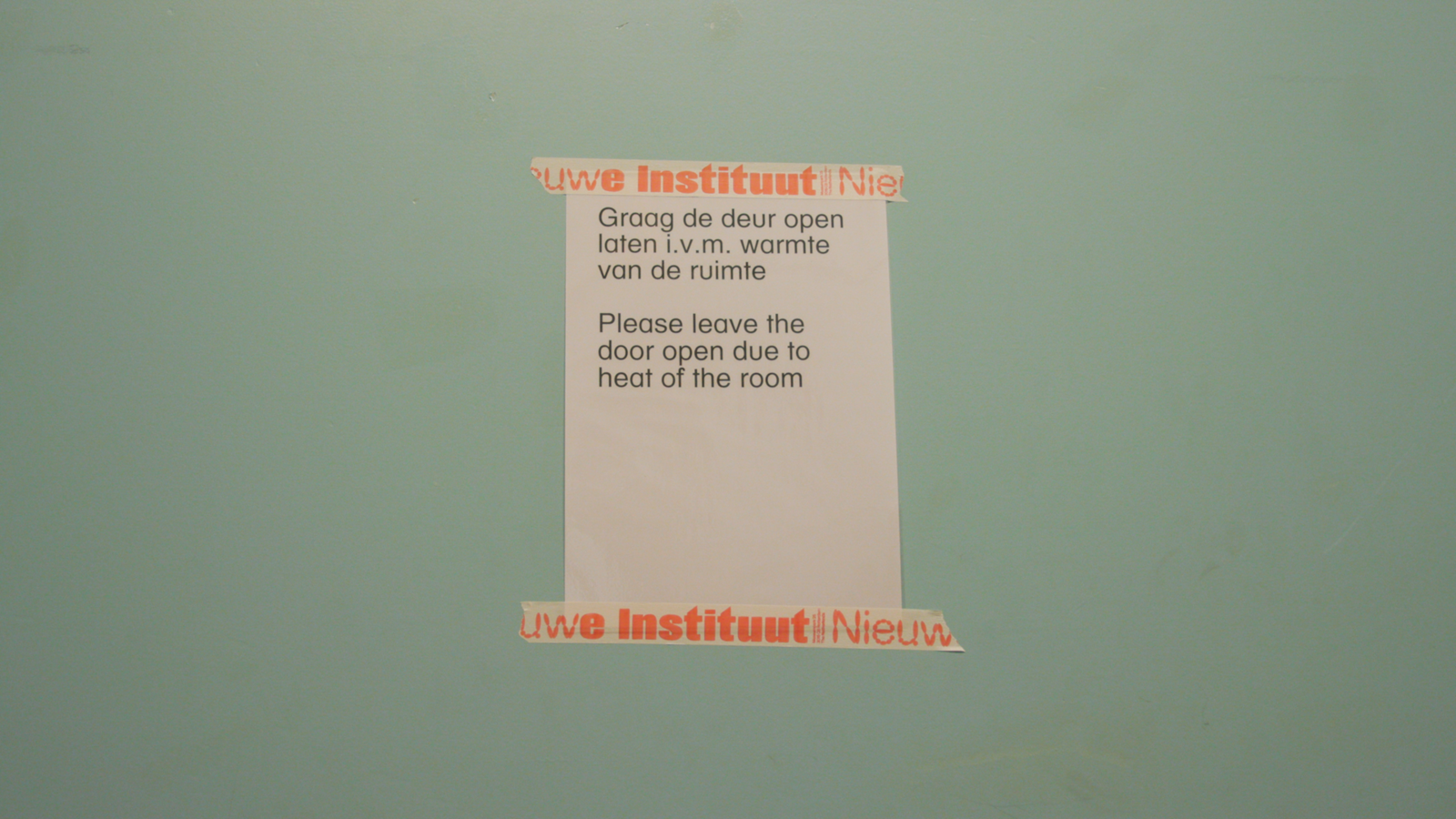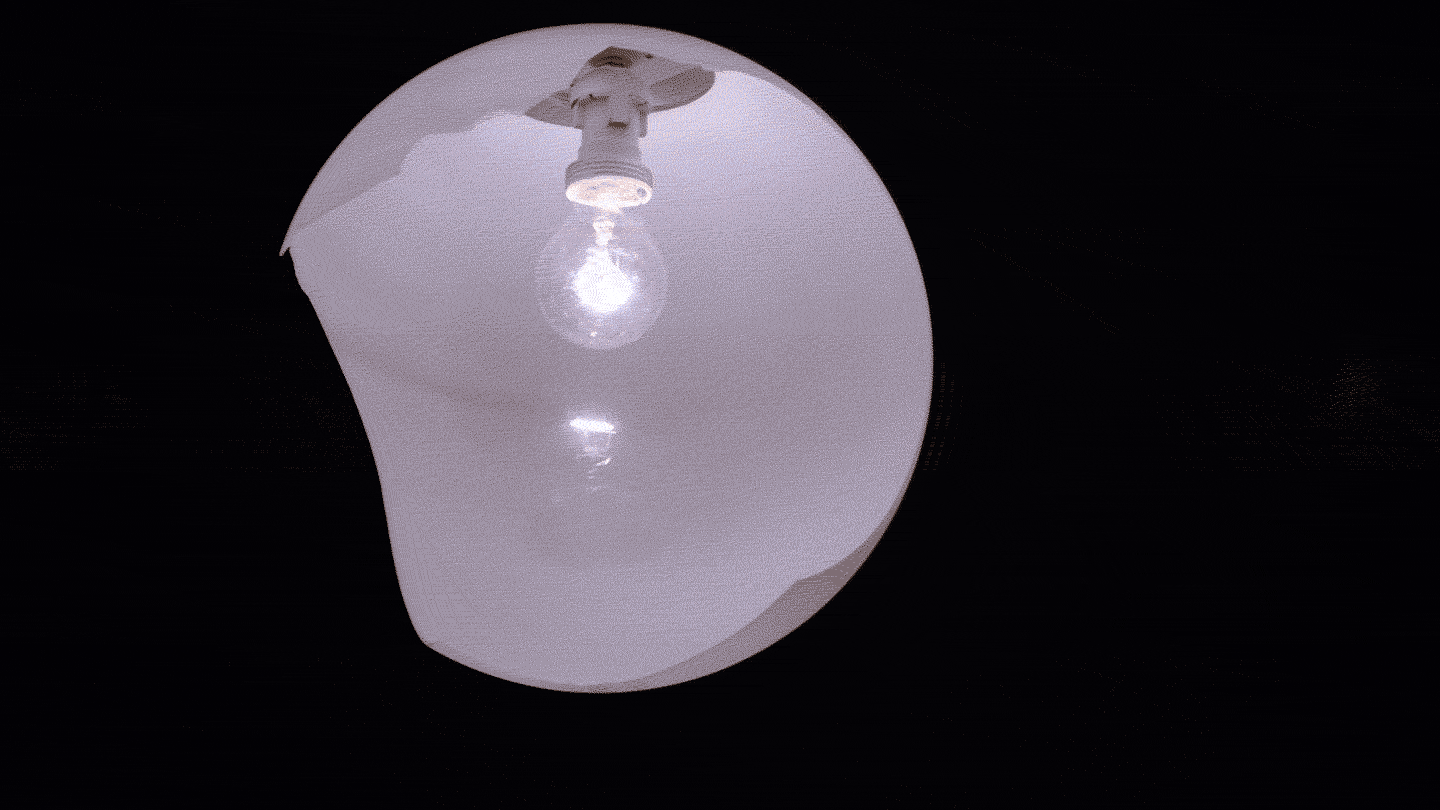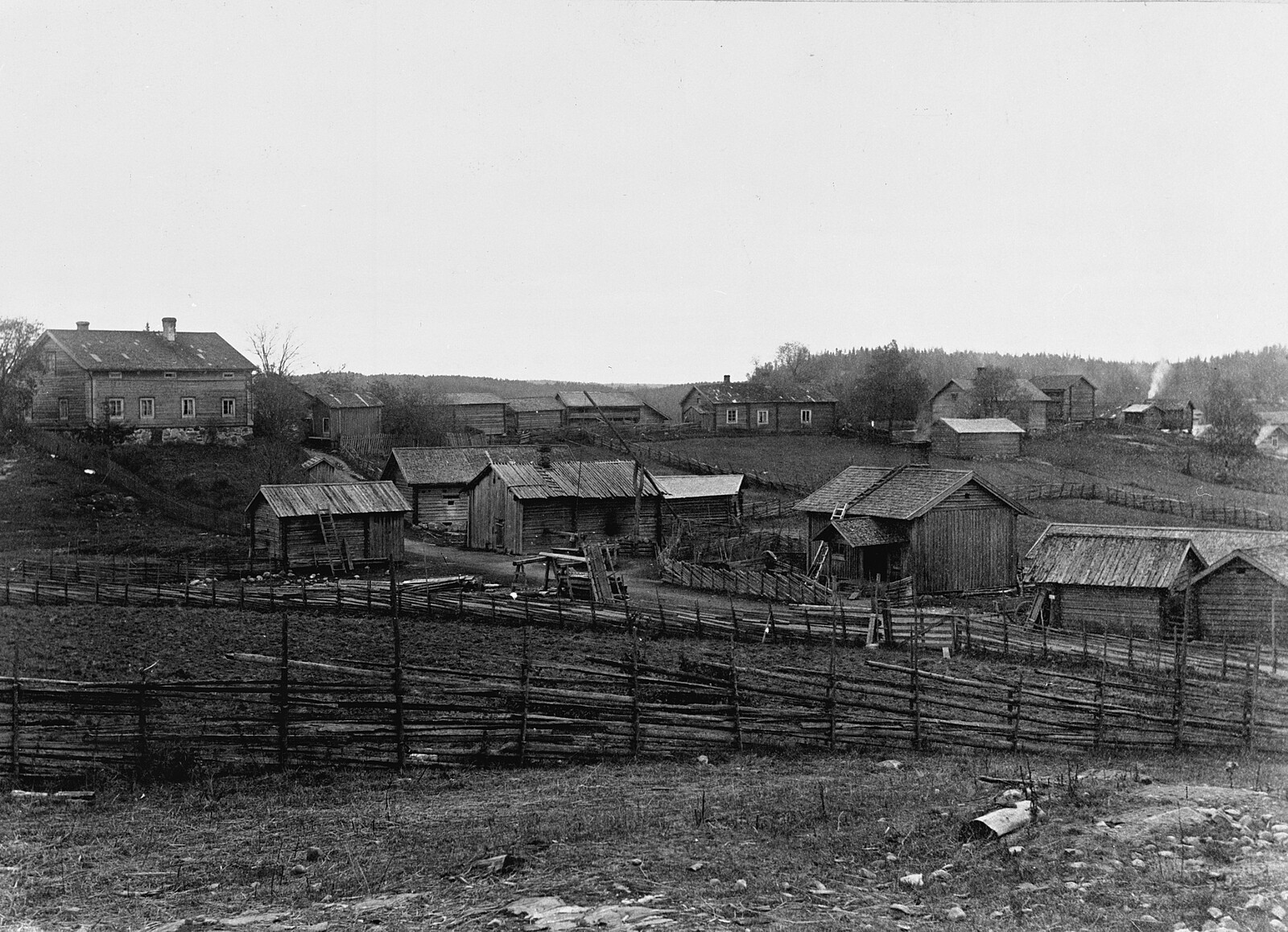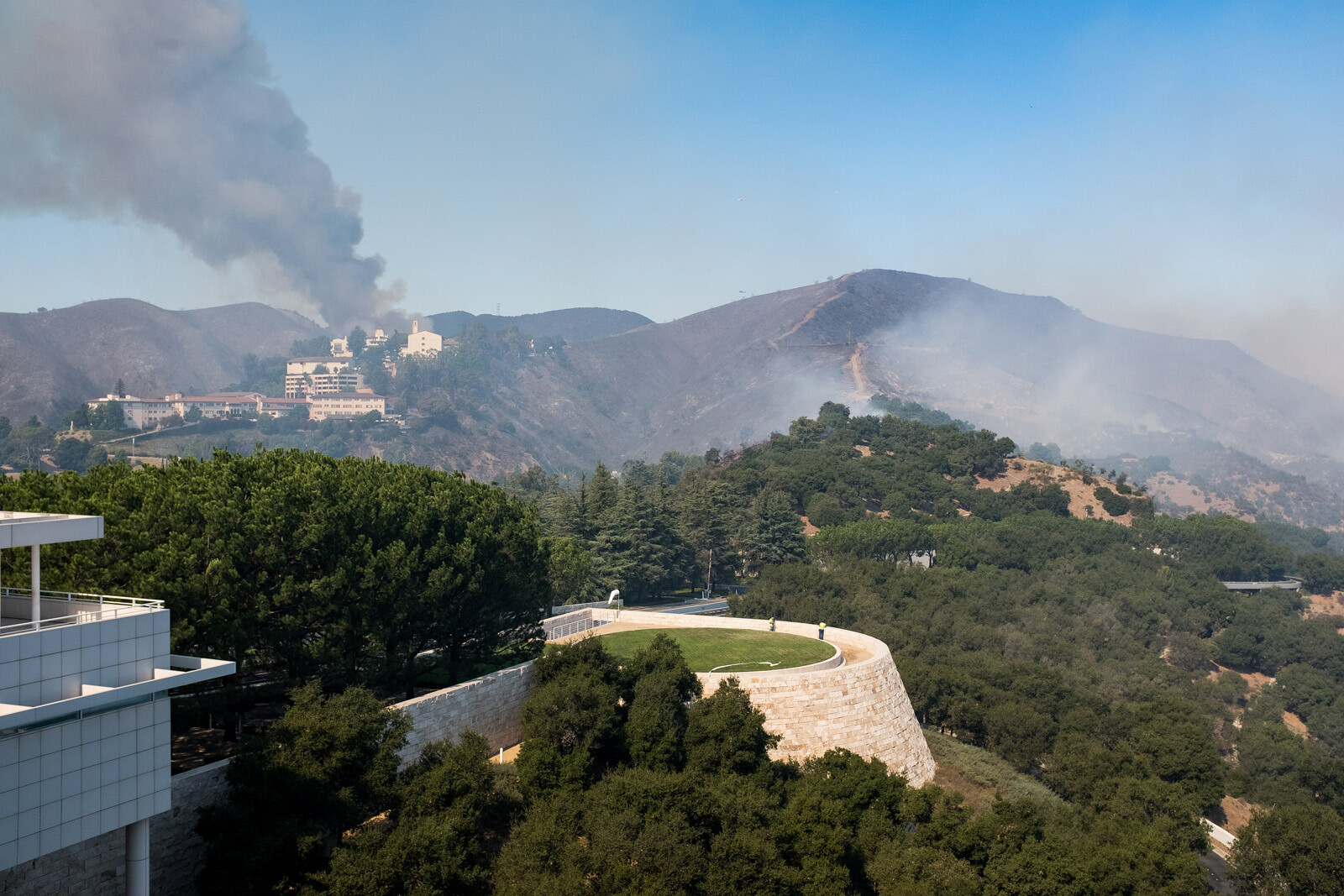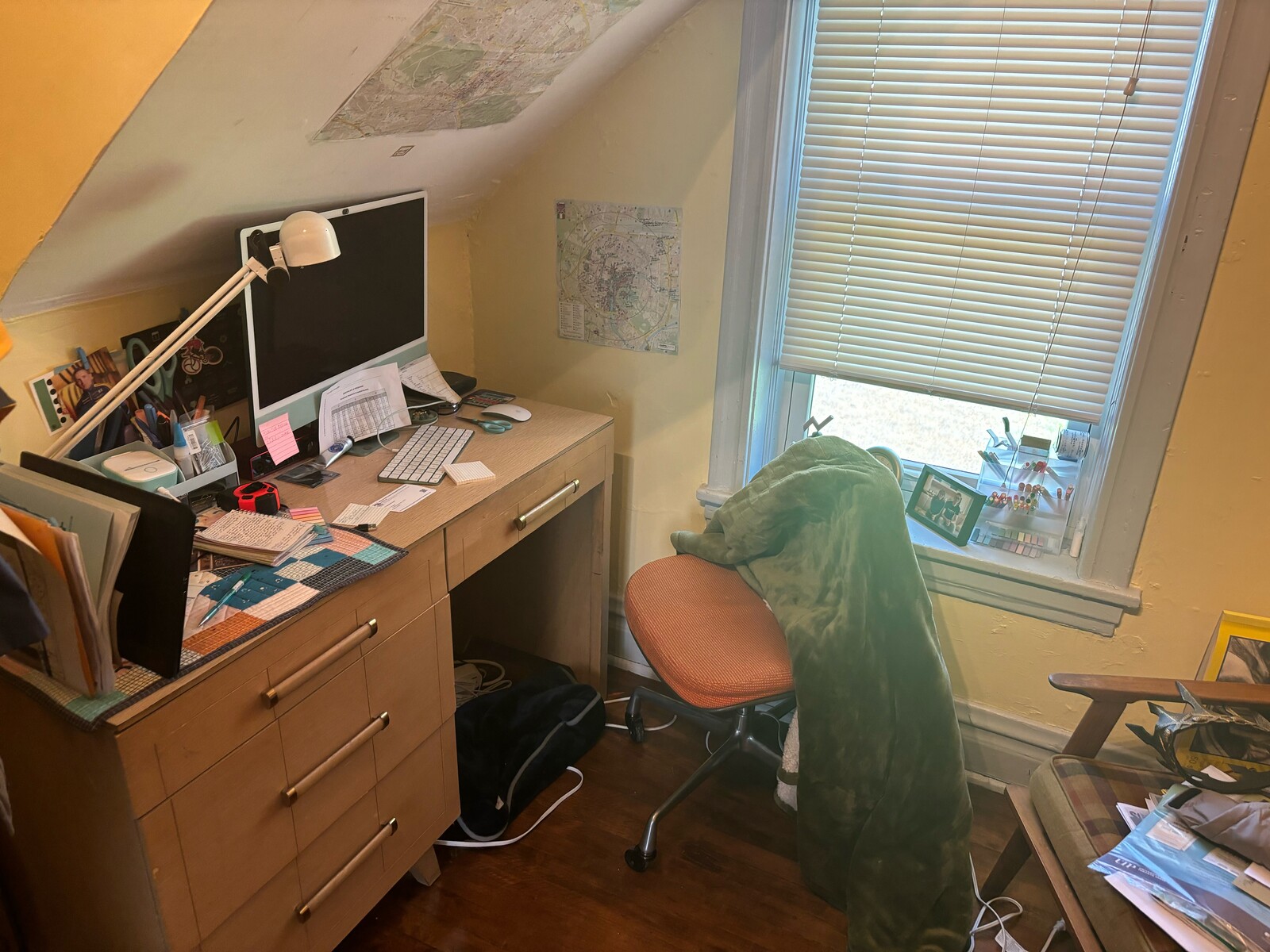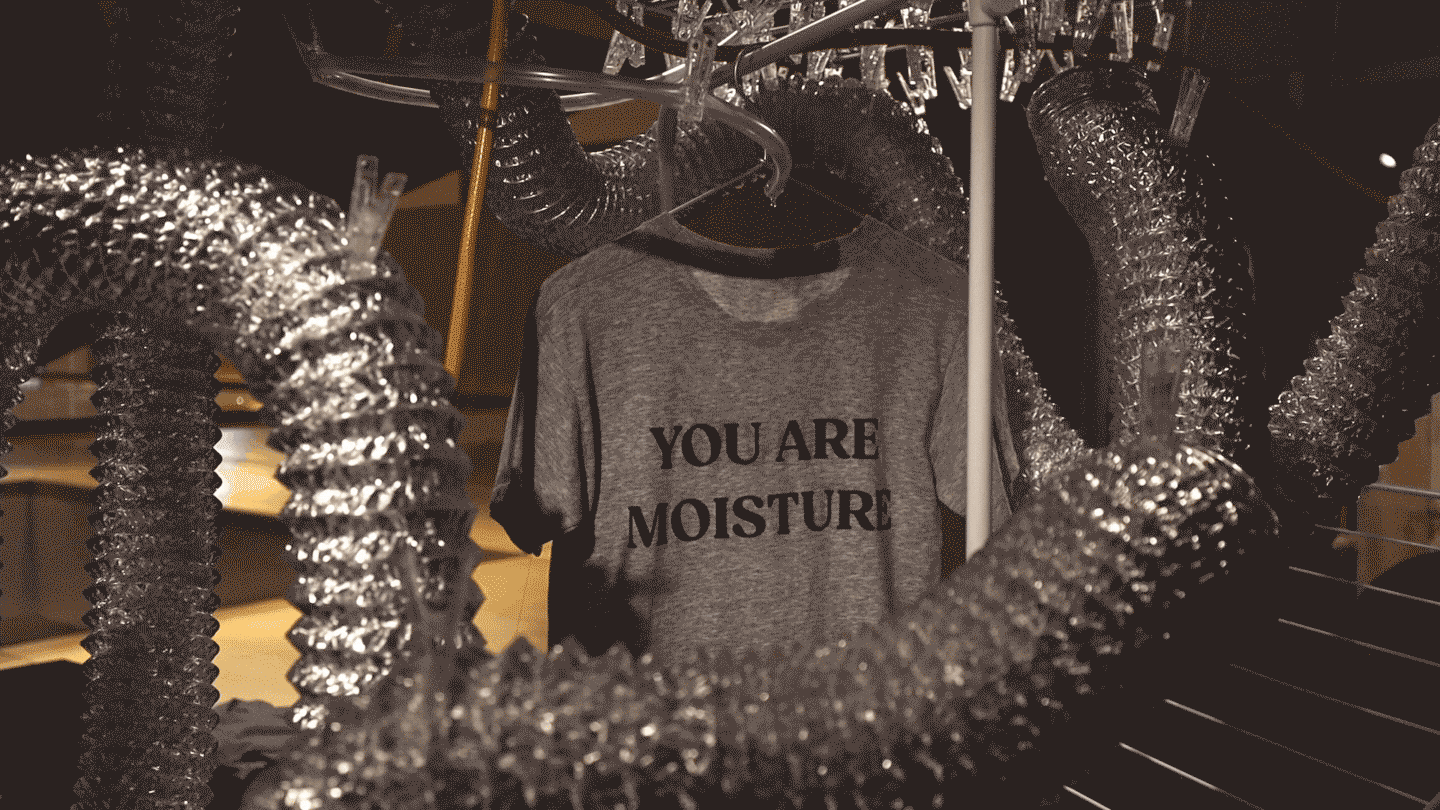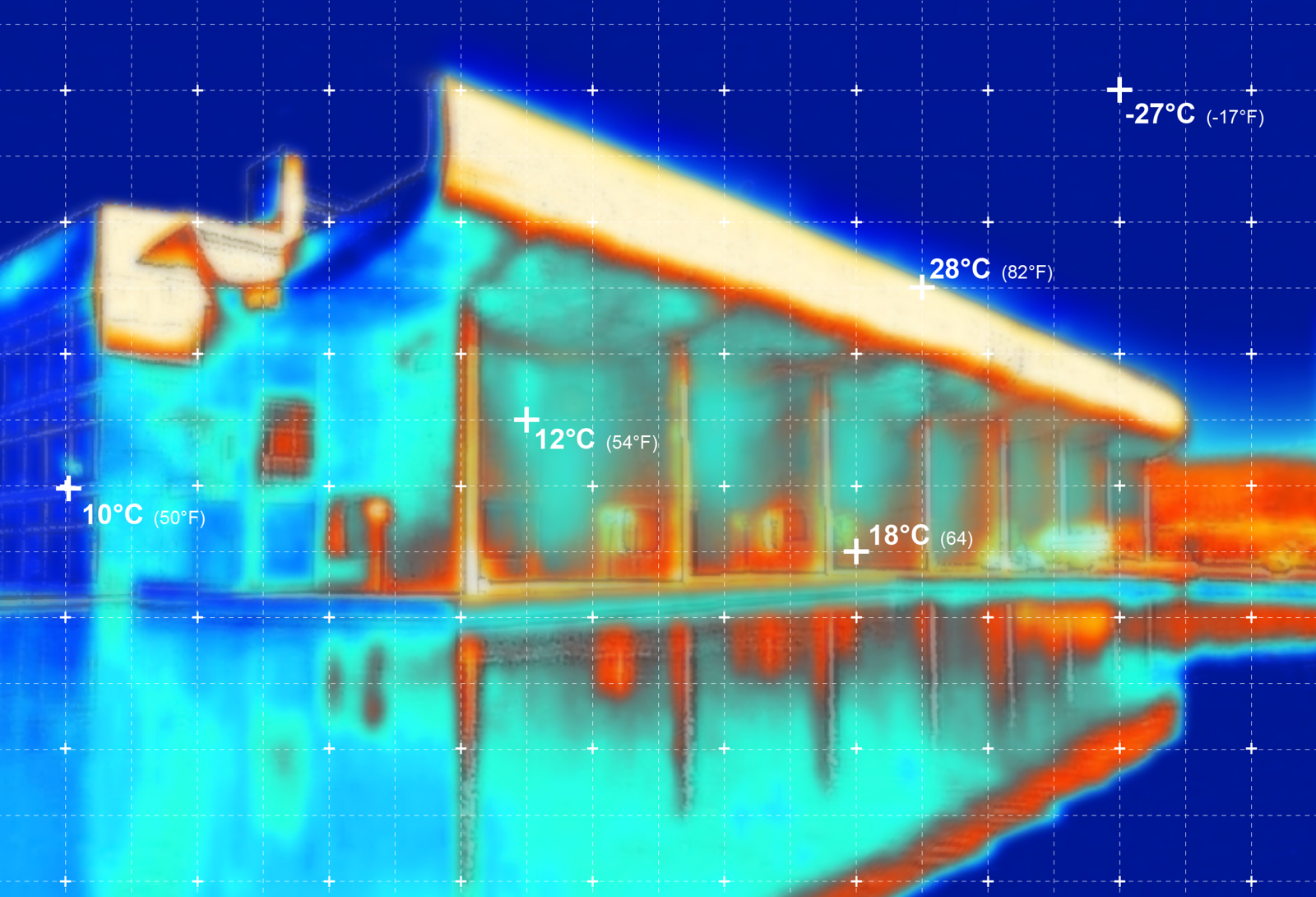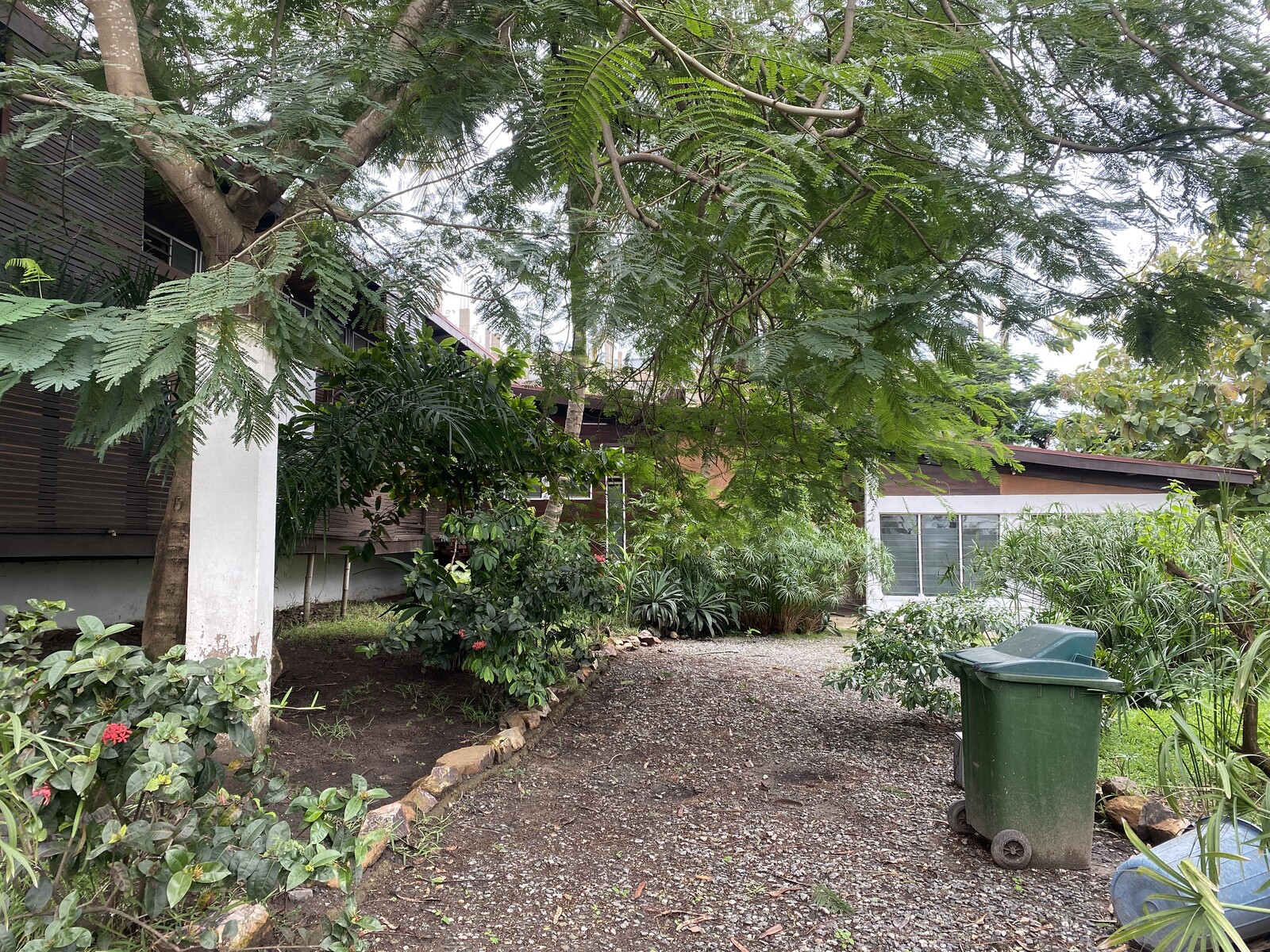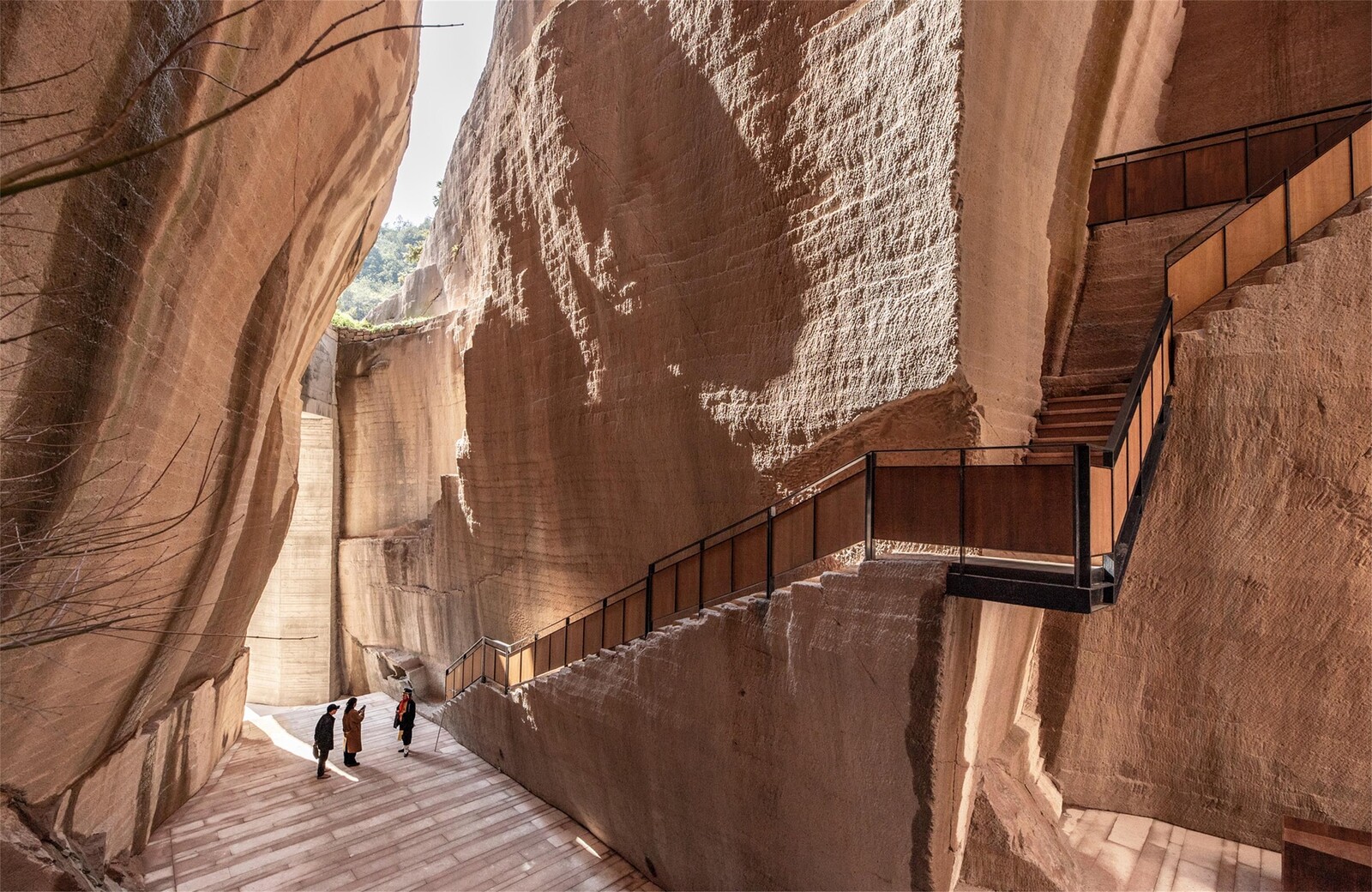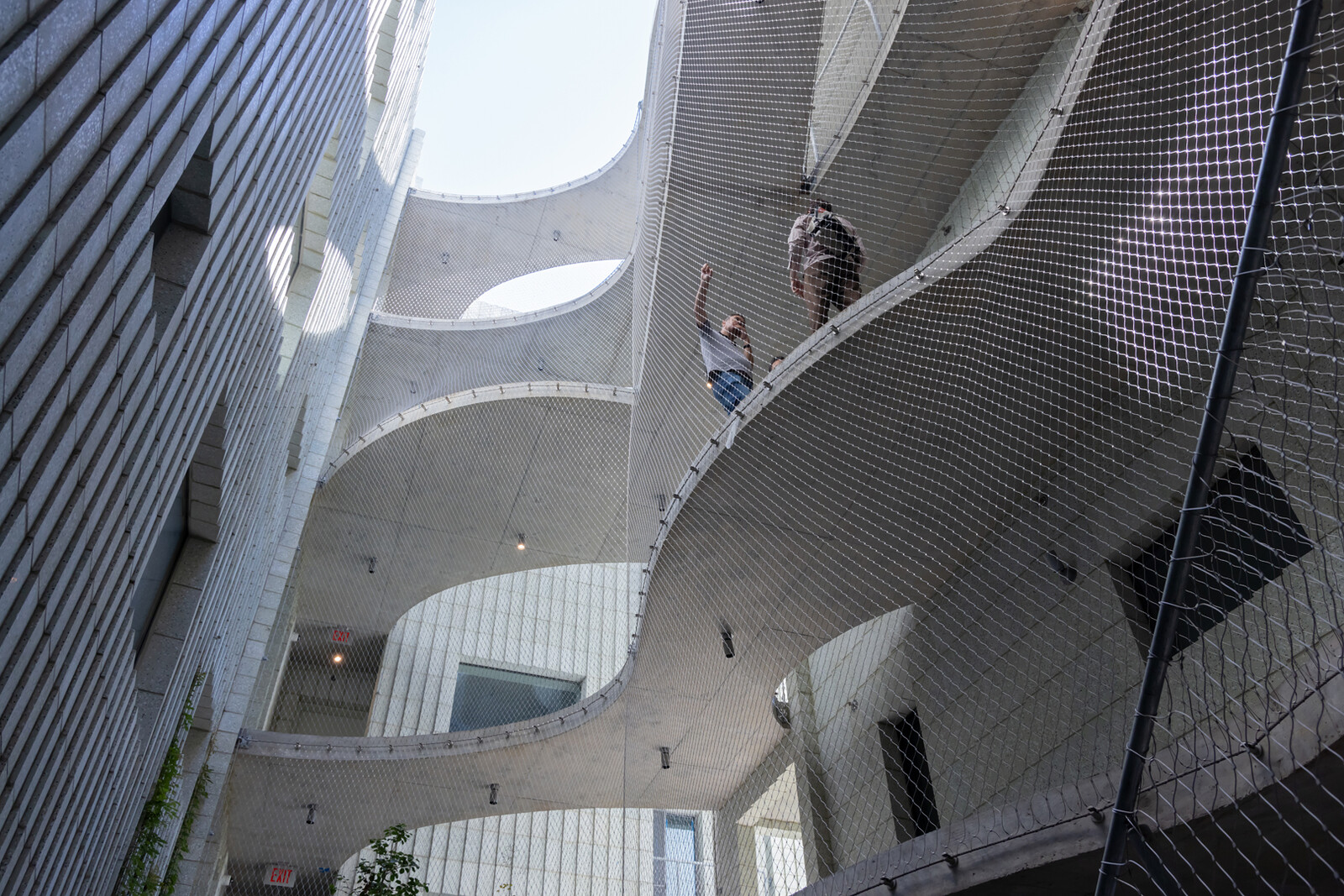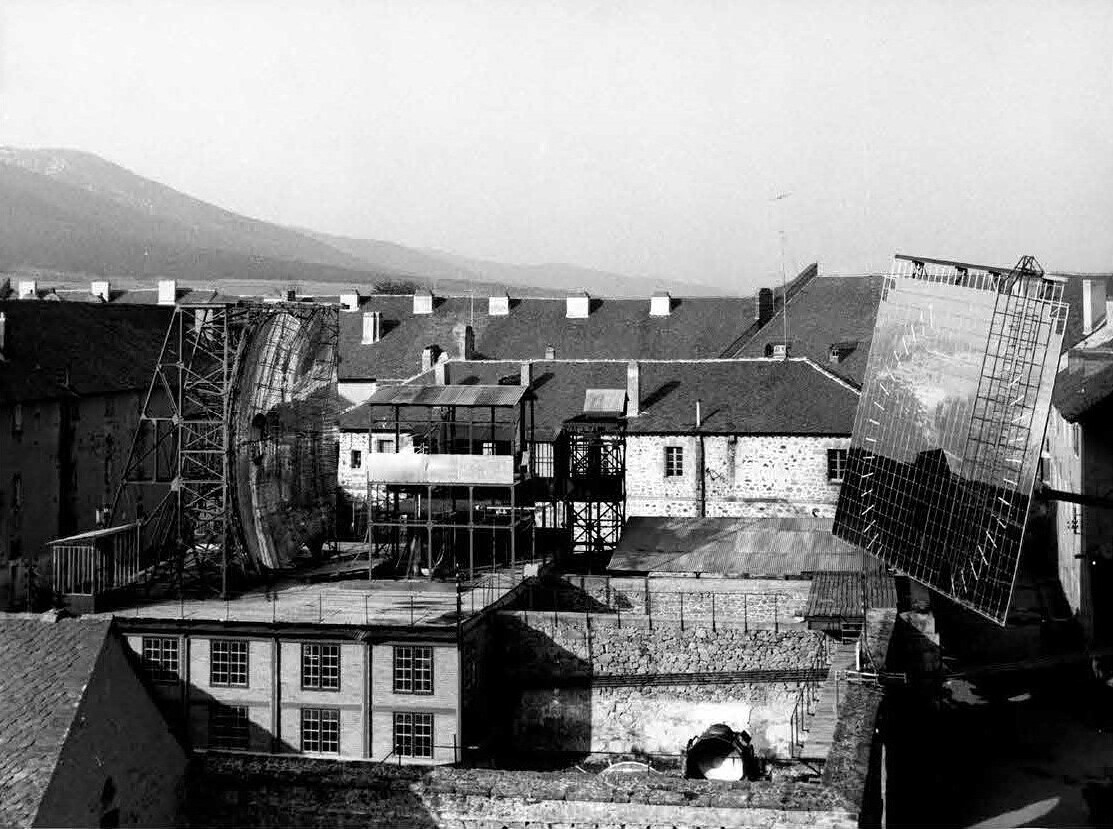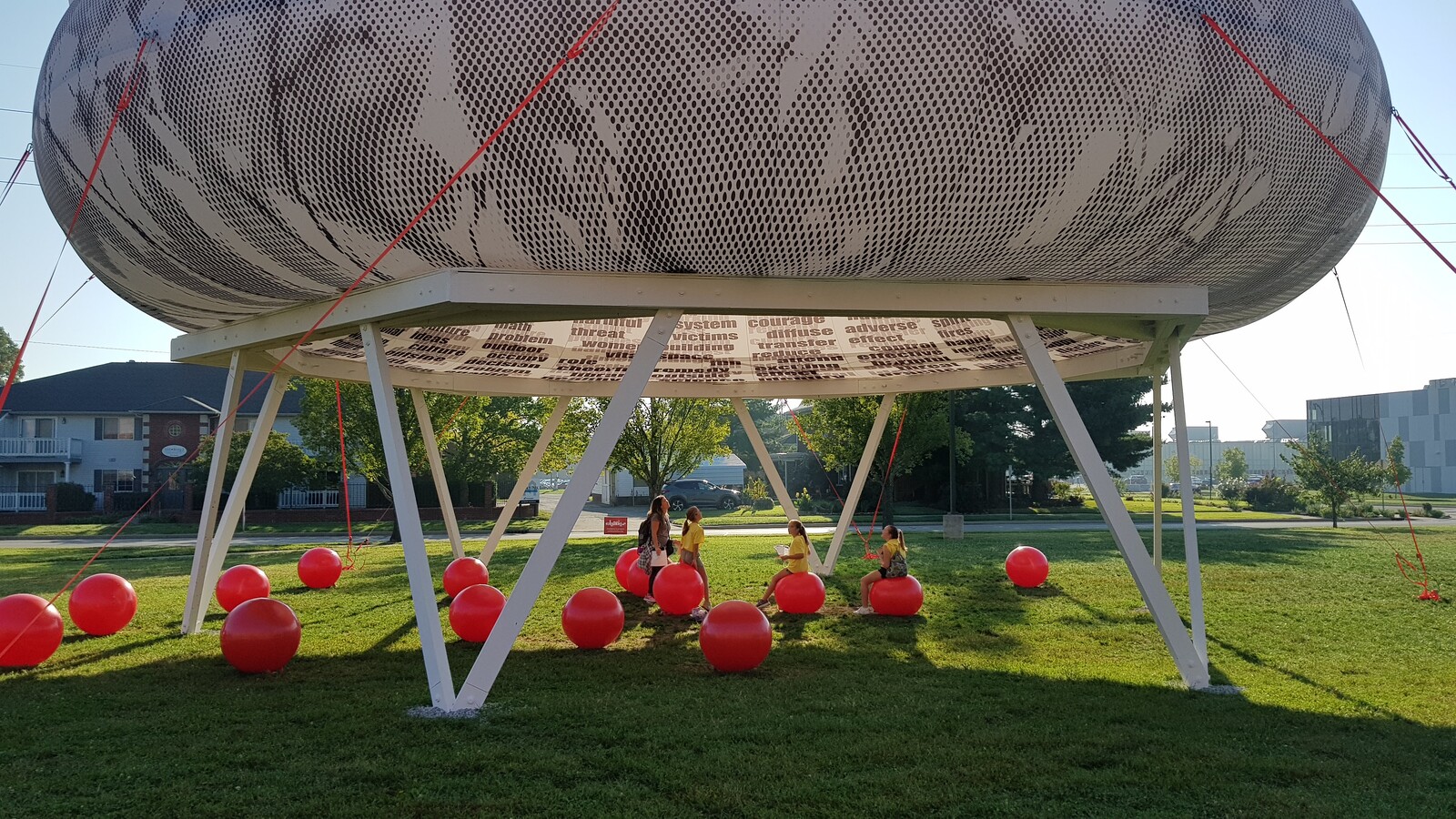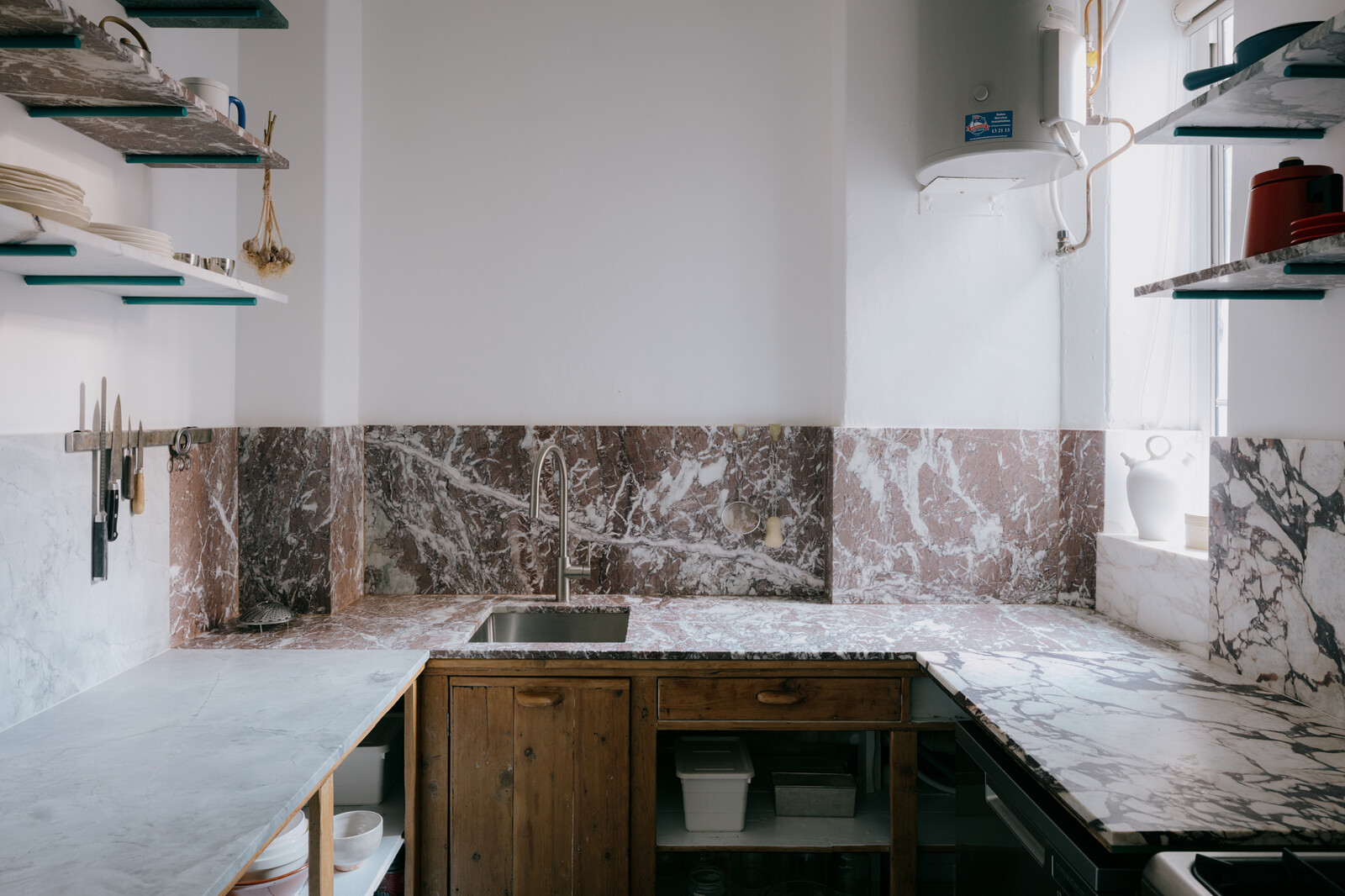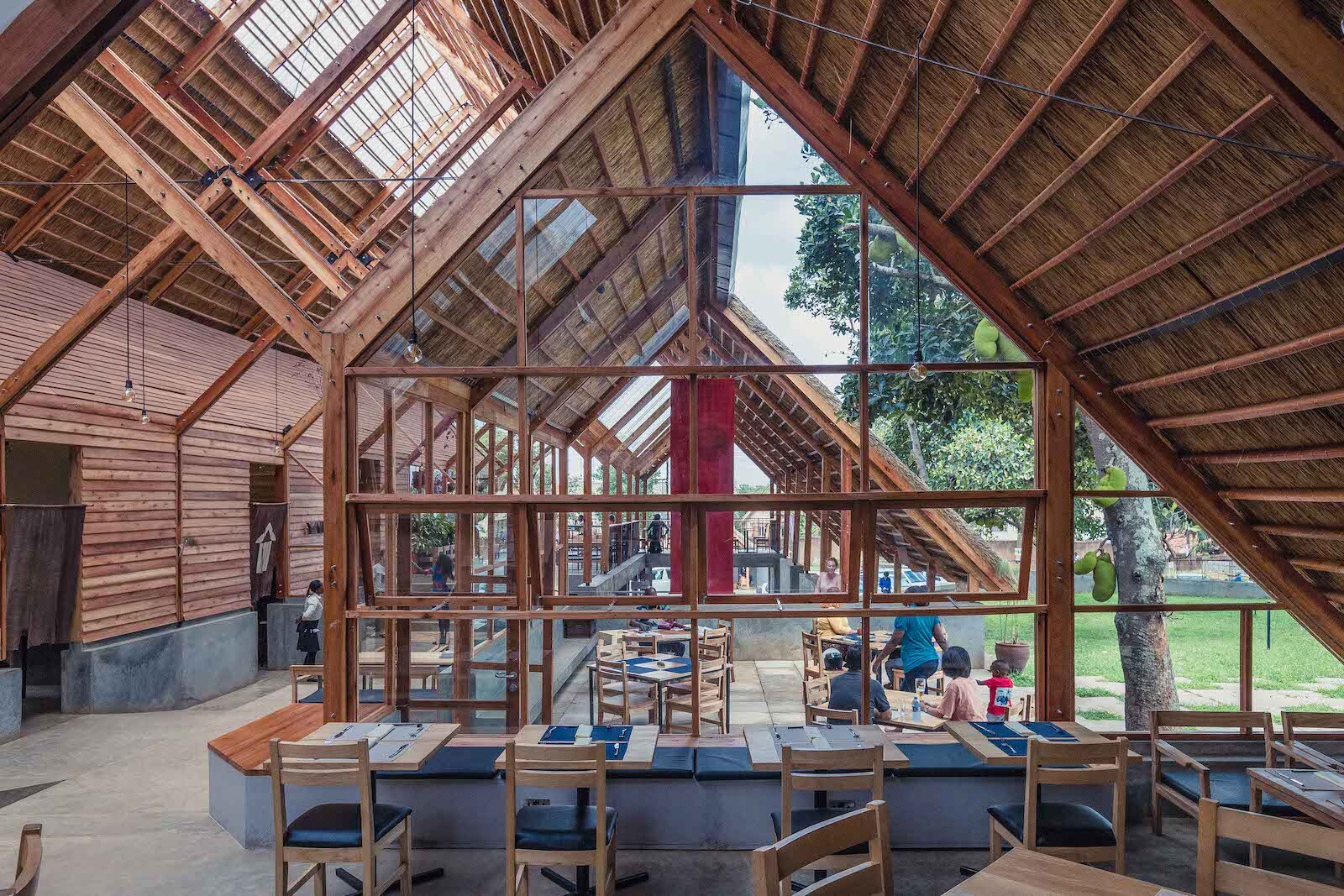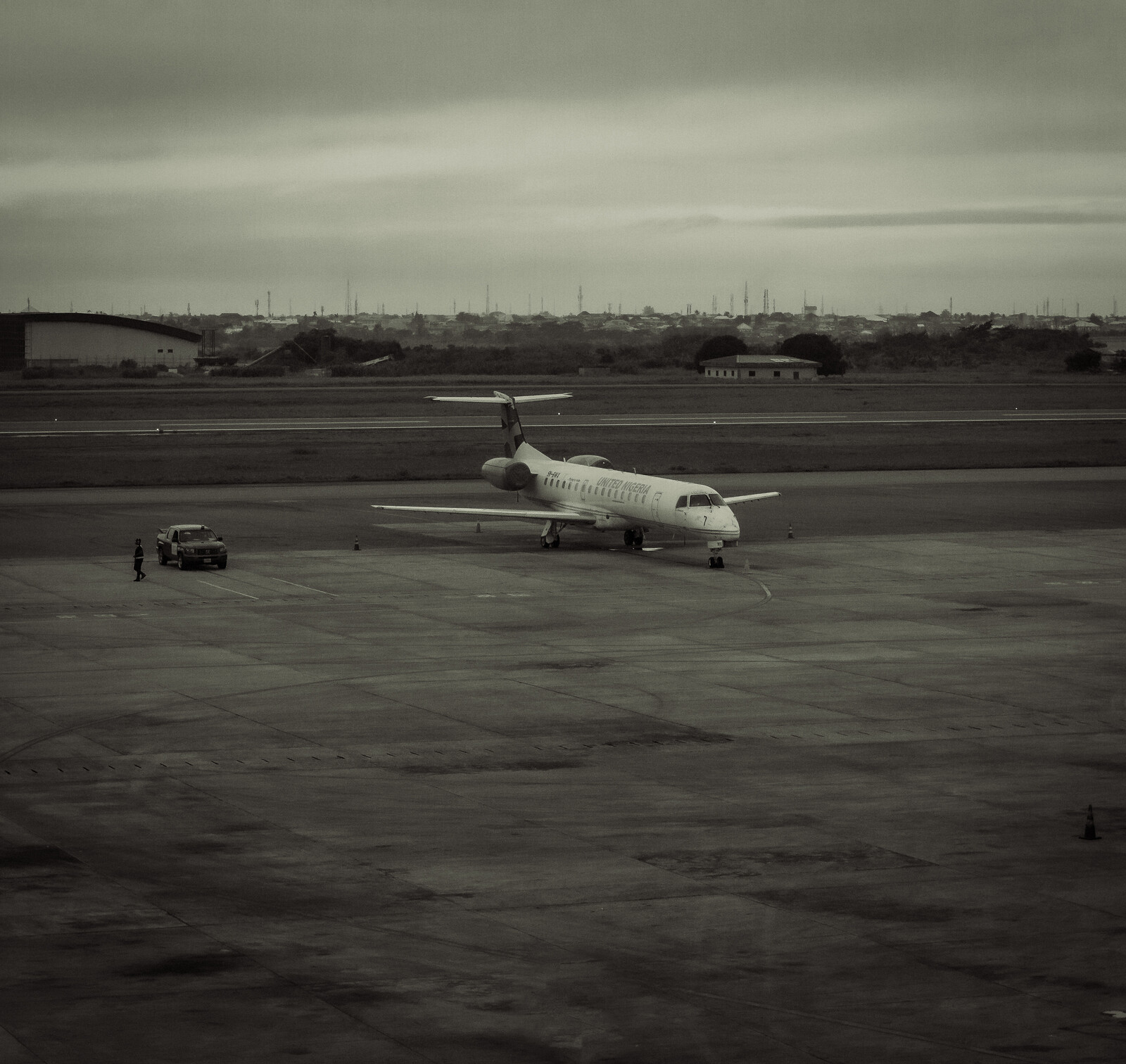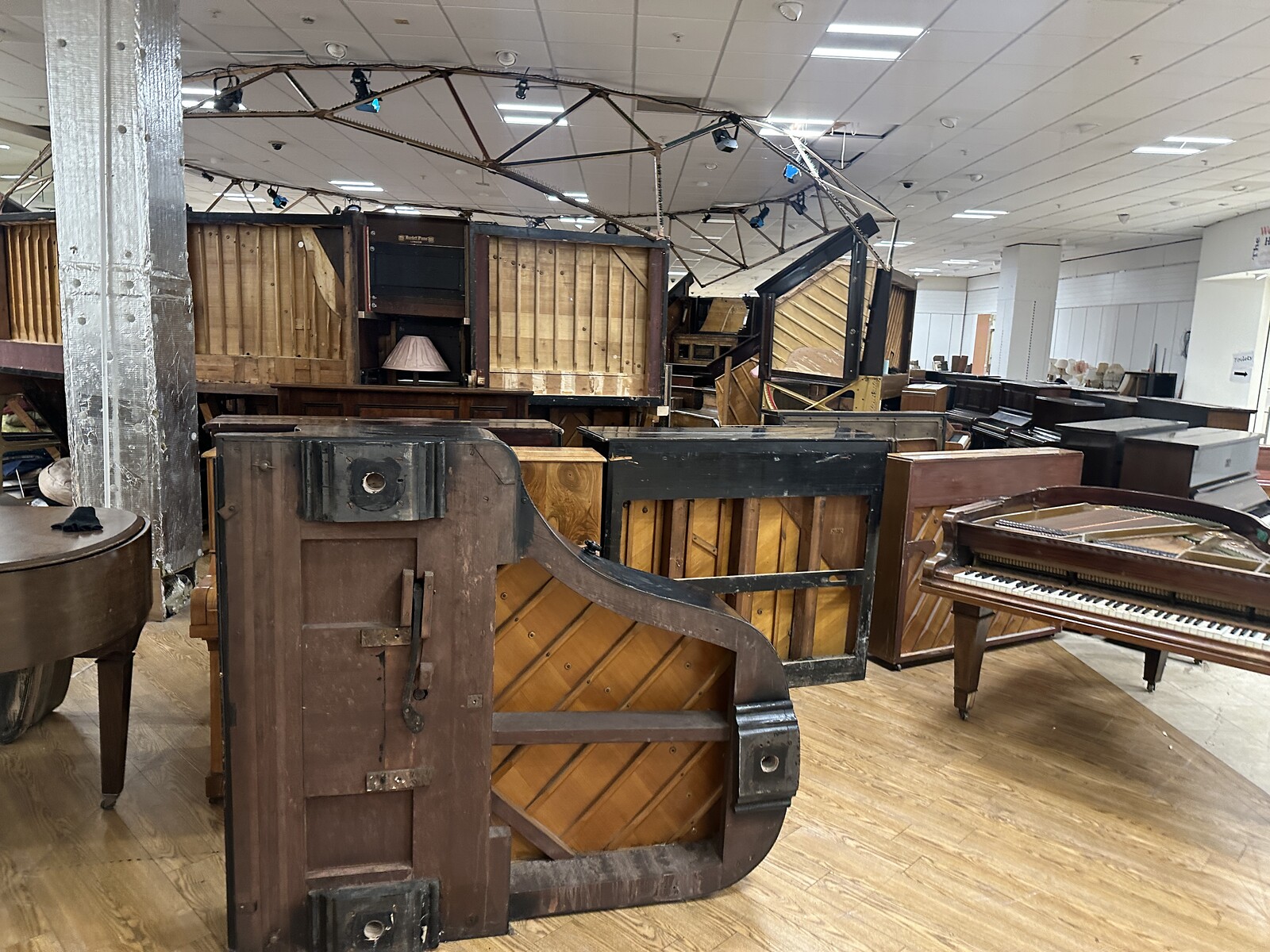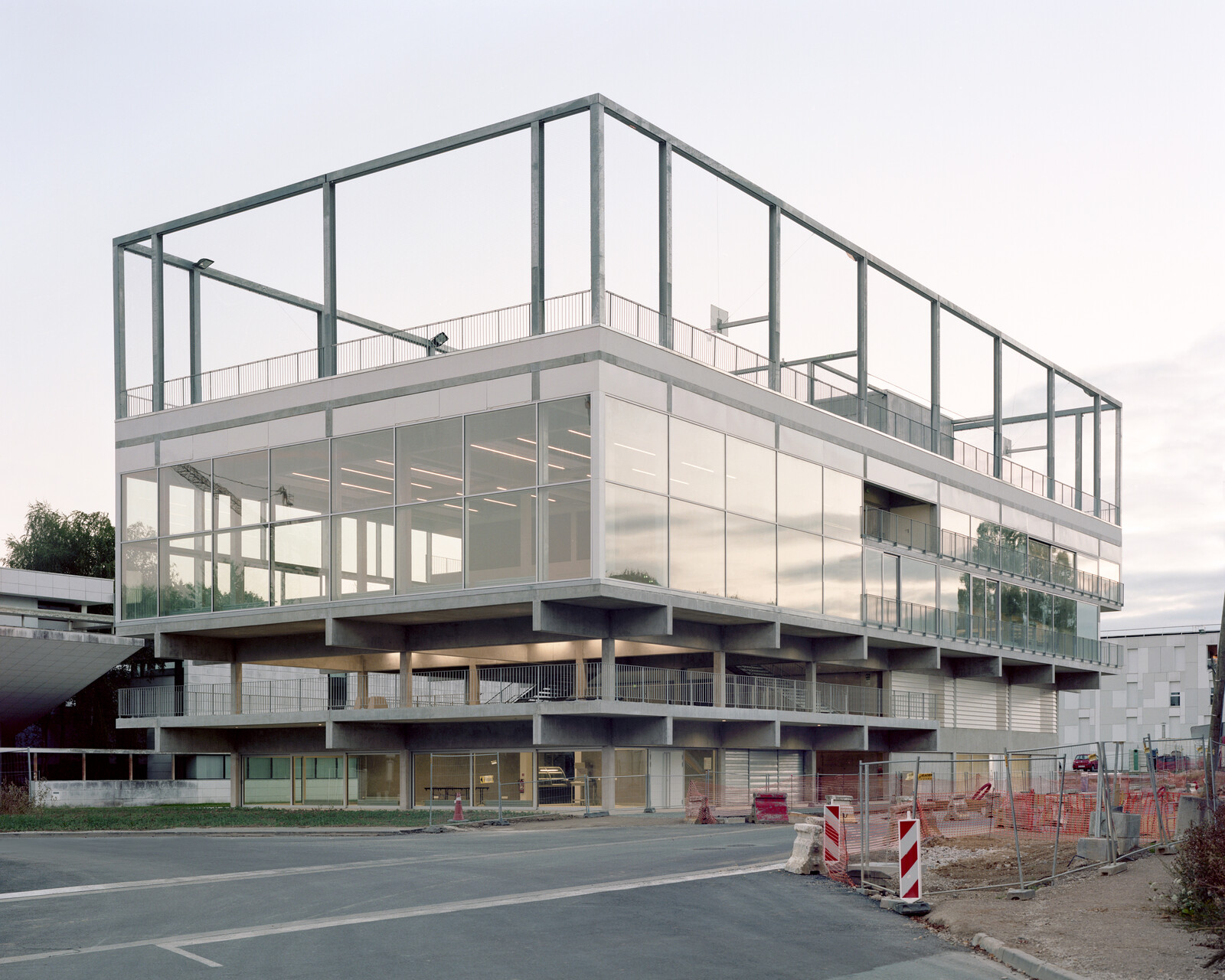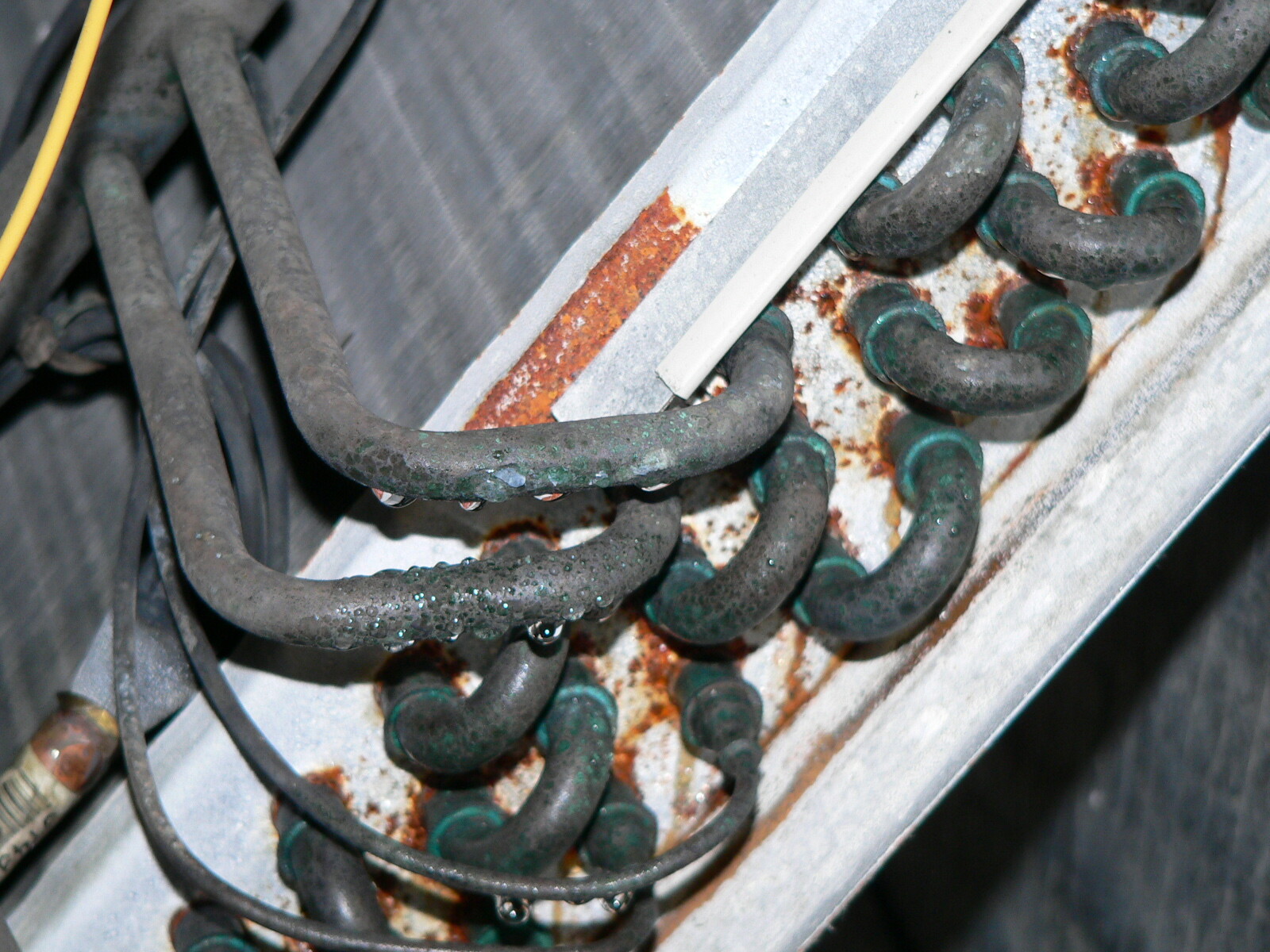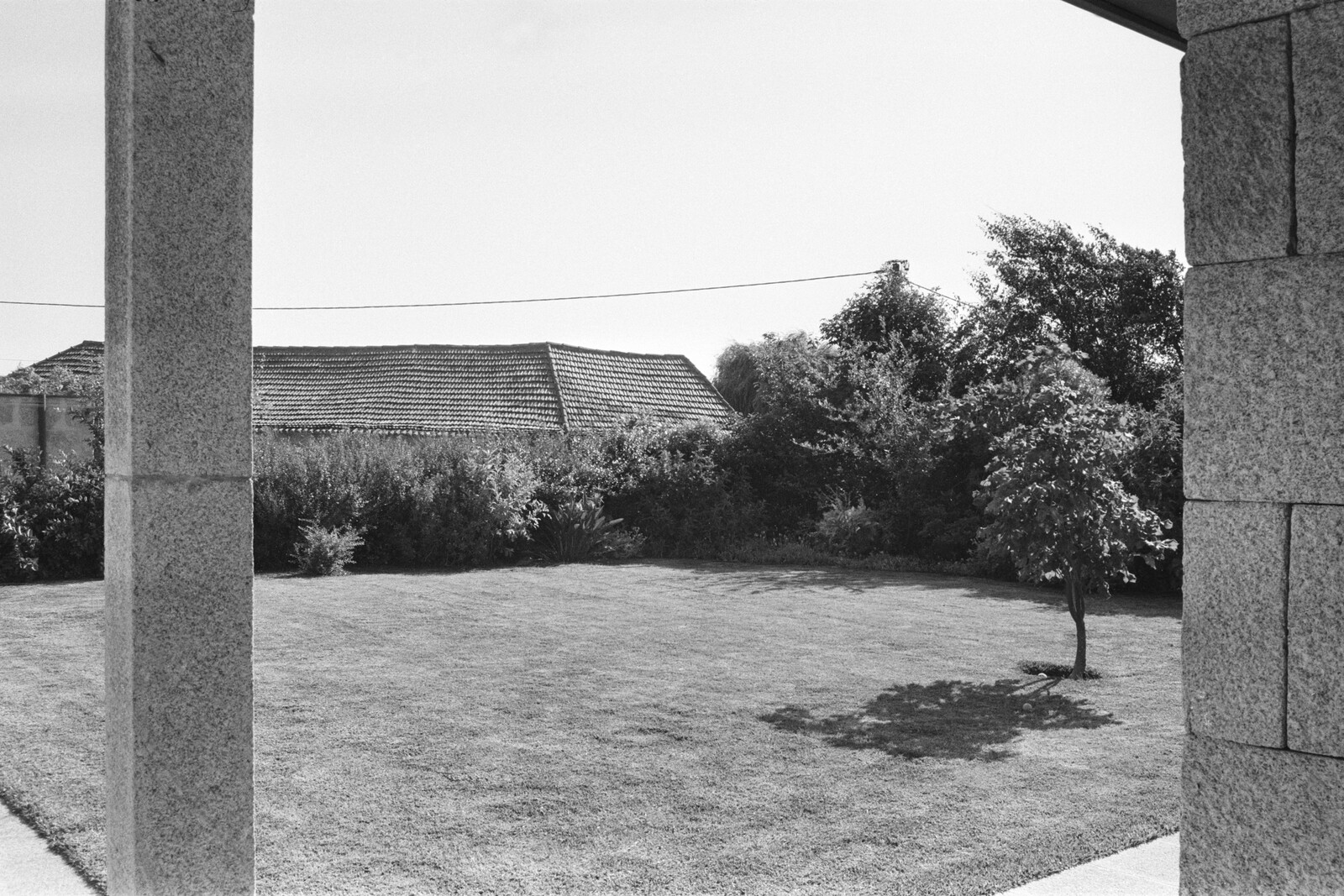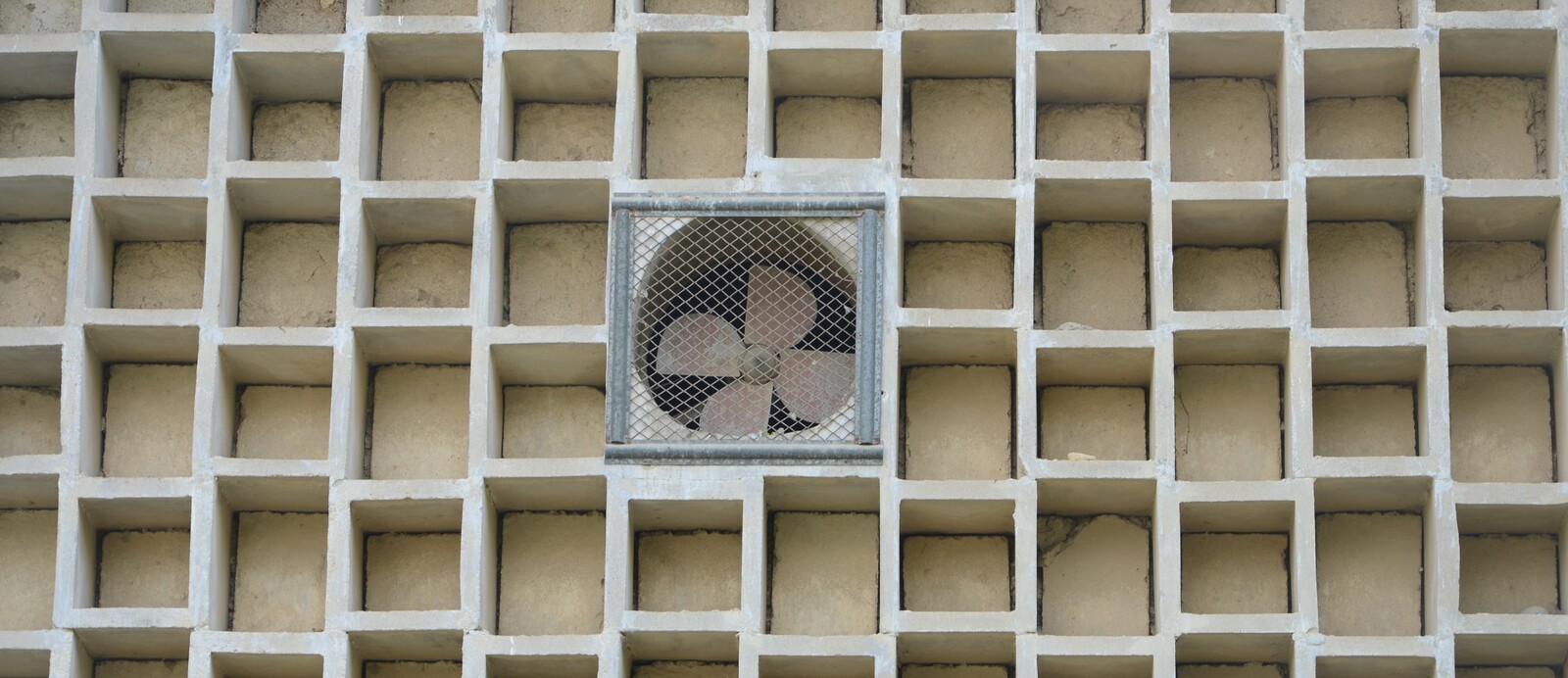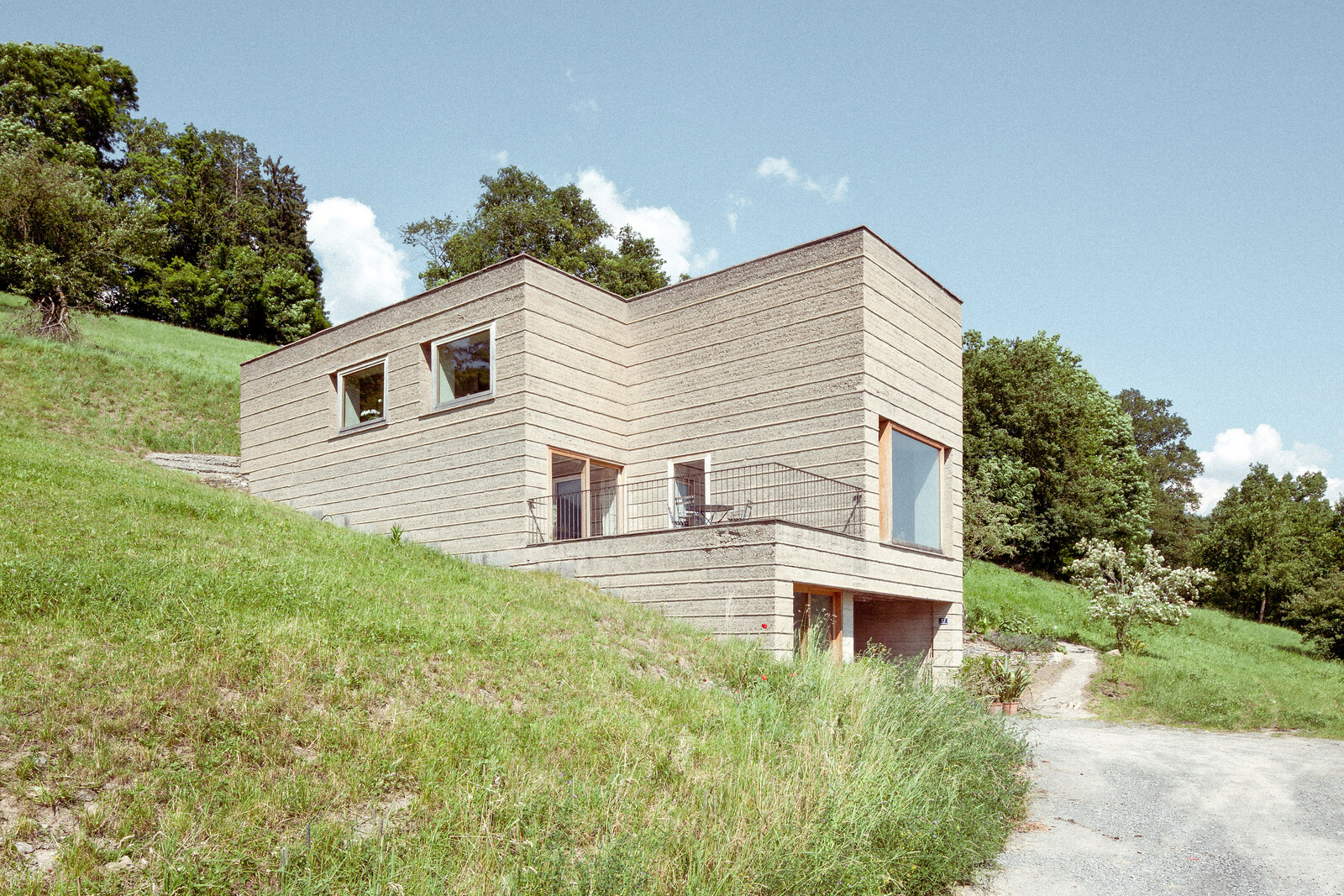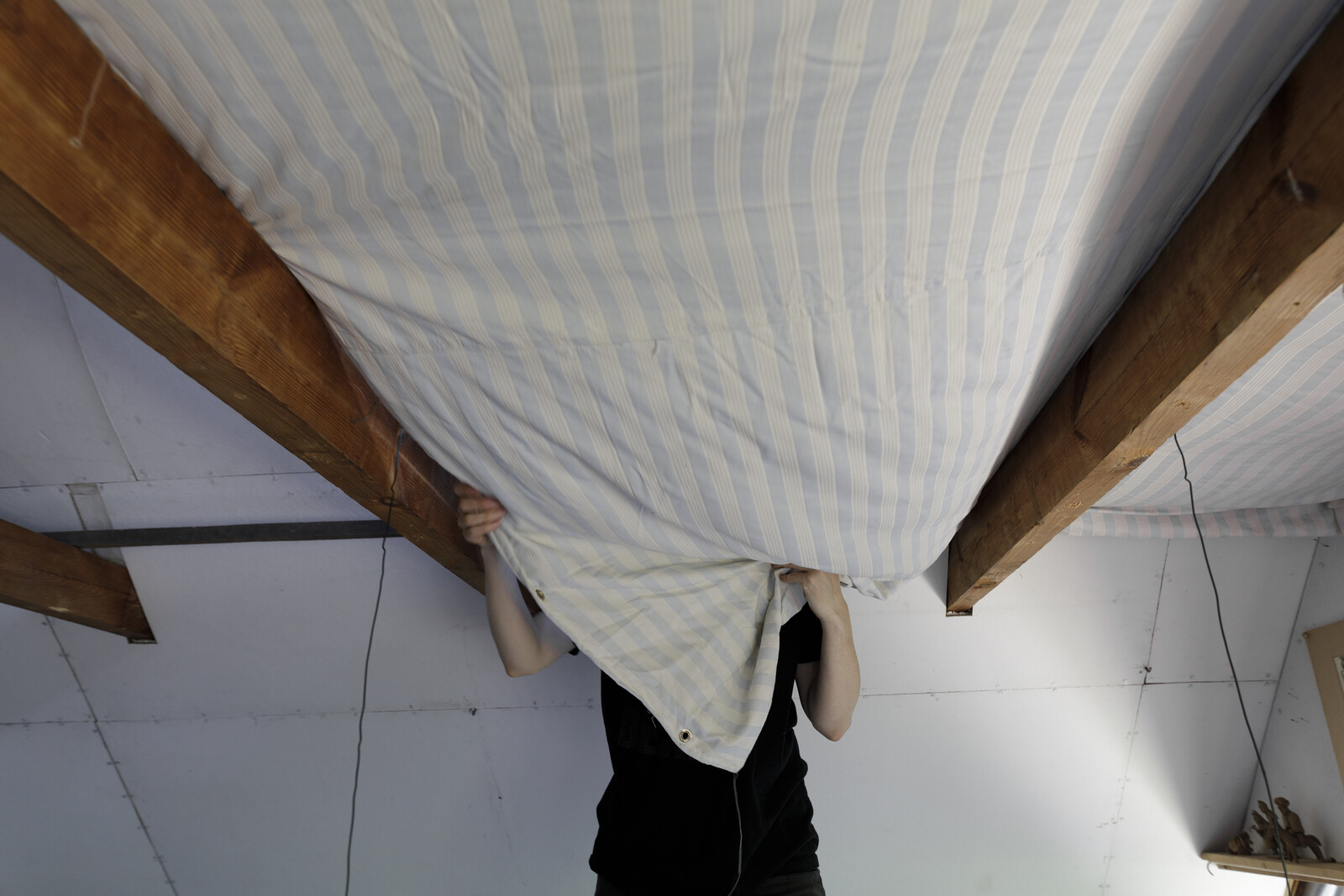After Comfort: A User’s Guide is a project by e-flux Architecture in collaboration with the University of Technology Sydney, the Technical University of Munich, the University of Liverpool, and Transsolar, featuring contributions by Joe Addo; Marc Angélil and Cary Siress; Sarah Bell and Enzo Lara-Hamilton; Silvia Benedito; Roger Boltshauser and Matthias Peterseim; Gail Brager; Salmaan Craig; Amica Dall; Ecosistema Urbano; Aziba Ekio; Simone Ferracina; Aleksandra Kędziorek; Ikko Kobayashi and Fumi Kashimura; Mae-ling Lokko; Soha Macktoom, Nausheen H. Anwar, and Mariam Ahmad; Charlotte Malterre-Barthes; Muoto; Studio Other Spaces; Octave Perrault; Camilo Restrepo; Susan Roaf; Yamina Saheb; Frans Saraste; Panu Savolainen; Second Edition; TEd’A; The Hustle Architect; Rachel Wakefield-Rann; Xu Tiantian; and more.
The fossil fuel era is ending rapidly. The International Energy Agency has indicated that global use of fossil fuels will peak by the end of the 2020s.1 However, the projected data looks more like a cliff than a pinnacle, whose long, flat plateau will stretch decades into the future. This is in part because of the ways that fossil fuel use is locked into buildings and has become integral to so many aspects of our lifestyles. As a result, we cannot just “build more efficiently” to stem the extraction of fossil fuels. Rather, the duration of fossil fuel dependency is in large part determined by how rapidly and radically existing buildings can be decarbonized. Over-carbonized economies have shaped their lifeworlds around artificially abundant and cheap energy resources. Architects, engineers, historians, technologists, and others need to consider the shape, pace, and aspirations of the decarbonization process. We need to determine how best to design and create buildings appropriate to a new lifeworld: after carbon, after comfort.2
Comfort is difficult to let go of, on both the individual and social scales. Thermal comfort encourages well-being and health; it provides consistency and predictability. Over-carbonized economies have come to rely on it. With the slow decline of mechanically-induced interior thermal consistency comes a shift in expectations and aspirations. Life after comfort does not have to be uncomfortable. However, it will involve adjusted desires, compromises, and difficult decisions. The HVAC-centered form of comfort that has proliferated since the postwar era was only ever attainable by a privileged few. Today, climate change is making everyone uncomfortable, and the promise of comfort is only sold by those who are exacerbating the conditions making us uncomfortable in the first place. We are all after comfort: both getting over it and yearning for it.3
Comfort is a construct. Many new commercial and institutional buildings built over the past few decades rely so heavily on fossil-fueled mechanical HVAC systems that they would be uninhabitable without them. Many of the stylistic and programmatic debates in architecture in these same decades similarly relied on HVAC for their explorations and innovations. In other cases, often at the residential scale, buildings have been produced with an expectation of cheap energy, which has meant that adequate insulation, cross ventilation, and other design-based passive thermal measures have not been considered. Our determinedly slow, casual move away from fossil fuels, with limited political or socio-economic support, is already resulting in “green inequity” and novel forms of thermal violence. Over the decades to come, enclaves where upper-class neighborhoods engage with expensive “green tech” such as electric vehicles and heat pumps will coexist alongside poorer areas that cannot afford to make any transition from the carbon-fueled lifestyles they need to get by.
What tomorrow’s comfort might look like can be glimpsed by looking both back into the past and forward to the cutting edge of contemporary practice. Design strategies and social practices that we already know of and can implement now have the potential to address the costs of this fossil-fueled conditioning and adjust our relationship to comfort accordingly. At the same time, they can promote steps towards green equity, offering global citizens everywhere ways of living sustainably in buildings and landscapes that achieve comfort through emissions mitigation and adaptation. As a cultural and technological realm of experimentation and speculation, and through its entanglement with the building industry, economic systems, and energy transitions, architecture’s value is evolving. This User’s Guide offers tools for nurturing novel relationships to the thermal interior in an era after comfort.
International Energy Agency, CO2 Emissions in 2022 (IAE: March 2023).
This series developed out of responses to the essay “After Comfort” by Daniel A. Barber (Log 47, 2019), which has also been translated into Polish in Autoportret 76, no. 1 (2022) and will soon appear in French.
This linguistic inversion of the word “after” is inspired by the 2016 Oslo Architecture Triennial, “After Belonging,” curated by Lluis Alexandre Casanovas Blanco, Ignacio Gonzalez Galan, Carlos Minguez Carrasco, Alejandra Navarrete Llopis, and Marina Otero Verzier.
After Comfort: A User’s Guide is a project by e-flux Architecture in collaboration with the University of Technology Sydney, the Technical University of Munich, the University of Liverpool, and Transsolar.

